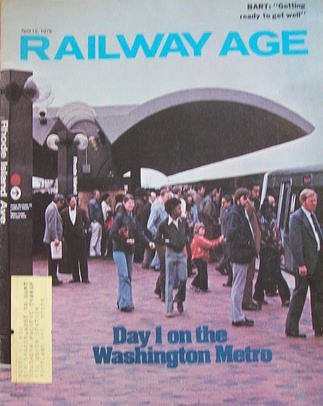The solution to gridlock

Traffic crowds Washington's Capital Beltway in Fairfax County, Virginia, on Wednesday, traditionally the busiest travel day in the U.S. with thousands hitting the road for the Thanksgiving holiday. (Getty photo by Mark Wilson / November 21, 2007)
From "8 things travelers should expect in 2008: We deserve a break. Too bad we won't get one," by Christopher Elliott, MSNBC Travel columnist:
Gridlock on the ground: the sequel
In 2007, cities competed for bragging rights to the worst traffic. In 2008, the government is finally going to do something about it, if Transportation Secretary Mary Peters is to be believed. The Secretary in December announced that her agency wants to develop technology “designed to fight congestion and improve the safety and performance of the nation’s transportation system.” With more than 250 million vehicles on U.S. roads — a number that has grown by about 2 percent a year over the last decade — it’s about time. If I may, I have a solution: It’s called a train. They use them in Europe, and they seem to work pretty well. What’s that, Americans wouldn’t stand for it? Well, then how do they like standing in traffic? Because they’re going to be doing a lot more of that if they can’t break their unhealthy car habits.
How to get around it: Try mass transit.

Labels: transit, transportation planning



0 Comments:
Post a Comment
<< Home